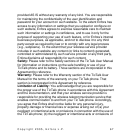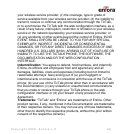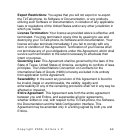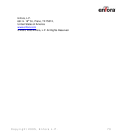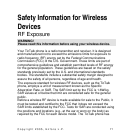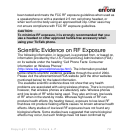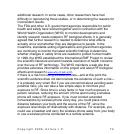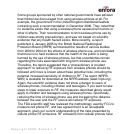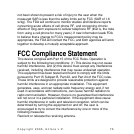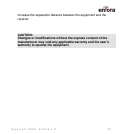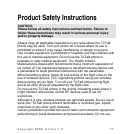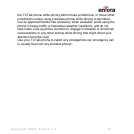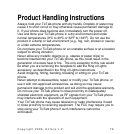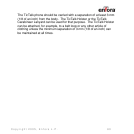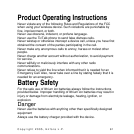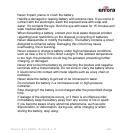not been shown to present a risk of injury to the user when the
measured SAR is less than the safety limits set by FCC (SAR of 1.6
w/kg). The FDA will continue to monitor studies and literature reports
concerning acute effects of cell phone RF, and concerning chronic
effects of long-term exposure to cellular telephone RF (that is, the risks
from using a cell phone for many years). If new information leads FDA
to believe that a change to FCC’s measurement policy may be
appropriate, the FDA will contact the FCC, and both agencies will work
together to develop a mutually acceptable approach.
FCC Compliance Statement
This device complies with Part 15 of the FCC Rules. Operation is
subject to the following two conditions: (1) This device may not cause
harmful interference, and (2) this device must accept any interference
received, including interference that may cause undesired operation.
This equipment has been tested and found to comply with the limits
pursuant to Part 15 Subpart B, Part 22, and Part 24 of the FCC rules.
These limits are designed to provide reasonable protection against
harmful interference in an appropriate installation. This equipment
generates, uses, and can radiate radio frequency energy and, if not
used in accordance with instructions, can cause harmful radiation to
radio communication. However, there is no guarantee that interference
will not occur in a particular installation. If the equipment does cause
harmful interference in radio and television reception, which can be
determined by turning the equipment on and off, the user is
encouraged to try to correct the interference by one or more of the
following measures:
Reorient or relocate the receiving antenna.
Copyright 2005, Enfora L.P. 75



